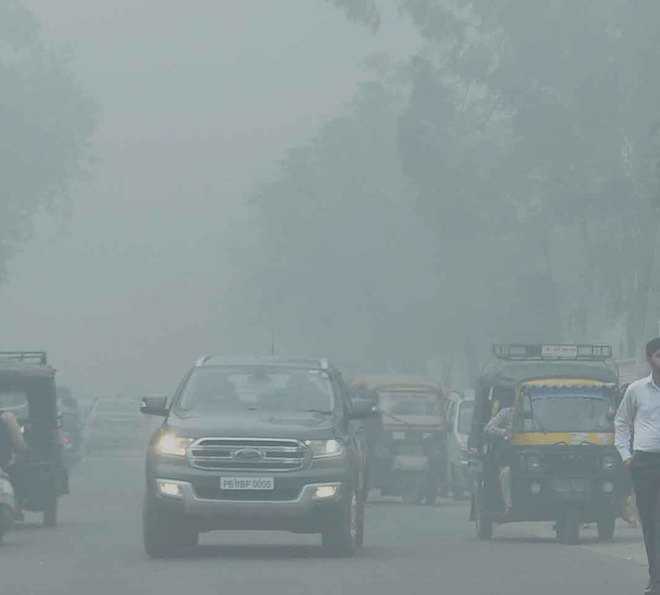New Delhi, September 22
The World Health Organisation on Wednesday revised its global air quality guidelines, recommending more stringent standards for key pollutants—PM 2.5 and PM 10, ozone (O3), nitrogen dioxide (NO2) sulfur dioxide (SO2) and carbon monoxide (CO). The WHO Global Air Quality Guidelines (AQGs), which is the first update since 2005, provide recommendations on air quality guideline levels as well as interim targets.
According to the new guidelines, the PM 2.5 norms for 24-hour average is now 15 µg/m3 instead of 25 µg/m3 (in 2005) and 5 µg/m3 annual instead of 10 µg/m3 (in 2005).
However, even at the current relaxed standard, at 40 ug/m3 for annual PM 2.5 averages in India versus WHO’s 2005 annual limit of 10 ug/m3 most Indian cities failed to meet even those levels, says Prof S N Tripathi from the IIT-Kanpur and Steering Committee Member, National Clean Air Programme (NCAP), calling for “revising India’s air quality standards to make them more stringent”.
The NCAP has a target to reduce 20-30% of PM 2.5 and PM 10 concentrations by 2024, taking levels in 2017 as the base year.
According to Prof Tripathi there is a body of scientific evidence to prove that air pollution is leading to severe health impacts and 90% of the entire global population is breathing polluted air.
“Air pollution is a severe health crisis and WHO’s revised air quality guidelines bring back the focus to the issue. There are no two ways about the need for revising India’s air quality standards to make them more stringent.
“Even at the current relaxed standard of 40 ug/m3 for annual PM2.5 averages in India vs WHO’s 2005 annual limit of 10 ug/m3, most Indian cities failed to meet even those levels. In parallel, we have to strengthen our health data and revise the National Ambient Air Quality Standards accordingly.
“Raw health data is required to conduct a large range of health studies vis-a-vis air pollution impacts for India’s varied demography, exposure and differing PM 2.5 composition. A single exposure prevention response will not suit the Indian population,” he adds.
Dr Ravindra Khaiwal from the Environment Health department of the PGI Chandigarh says the stringent standards will bring the focus on strict and swift action for better air quality.
Discussions
Discussions
